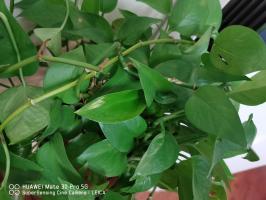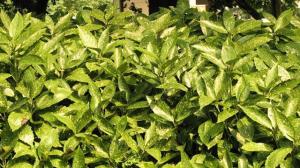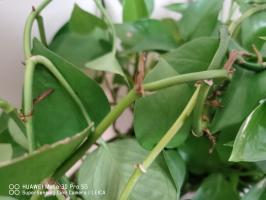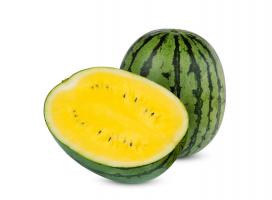What Plant Absorbs Water and Nutrients?
Plants are fascinating organisms that require water and nutrients to survive. But what plant absorbs water and nutrients? In this article, we will explore the different types of plants and the ways they absorb water and nutrients to sustain life.
Types of Plants
There are two main types of plants: vascular and non-vascular. Vascular plants have specialized tissues that transport water and nutrients throughout the plant. Non-vascular plants, on the other hand, lack these specialized tissues and absorb water and nutrients directly from their environment.
Vascular Plants
Vascular plants are further categorized into two groups: gymnosperms and angiosperms. Gymnosperms are plants that have seeds without a protective outer layer, while angiosperms have seeds enclosed in a protective fruit.
Both gymnosperms and angiosperms have specialized tissues called xylem and phloem, which transport water and nutrients throughout the plant. The xylem is responsible for transporting water and minerals from the roots to the leaves, while the phloem transports the products of photosynthesis from the leaves to the other parts of the plant.
Non-Vascular Plants
Non-vascular plants, also known as bryophytes, include mosses, liverworts, and hornworts. These plants lack specialized tissues for transporting water and nutrients, so they absorb them directly from their environment.
Non-vascular plants have small, simple structures that allow them to absorb water and nutrients effectively. For example, mosses have leaf-like structures called phyllids, which absorb water and nutrients from the soil.
How Plants Absorb Water and Nutrients
Plants absorb water and nutrients through their roots, which are specialized structures that grow deep into the soil. The roots are covered in tiny root hairs, which increase the surface area of the roots and allow them to absorb water and nutrients more efficiently.
In addition to the roots, plants also absorb water and nutrients through their leaves. The leaves have small pores called stomata, which allow water and nutrients to enter the plant through a process called transpiration.
The Importance of Water and Nutrient Absorption
Water and nutrient absorption is critical to a plant's survival. Without water, plants cannot carry out photosynthesis, which is the process by which they produce food. Without nutrients, plants cannot grow and thrive.
Plants have evolved different mechanisms for absorbing water and nutrients, depending on their environment and type. Some plants have deep roots that can reach water in dry soils, while others have evolved ways to absorb water and nutrients from their leaves.
Conclusion
In conclusion, plants absorb water and nutrients through their roots and leaves. Vascular plants have specialized tissues that transport water and nutrients, while non-vascular plants absorb them directly from their environment. Understanding how plants absorb water and nutrients is critical to their survival and helps us appreciate the amazing adaptations that plants have evolved to thrive in different environments.

 how many times do yo...
how many times do yo... how many planted tre...
how many planted tre... how many pine trees ...
how many pine trees ... how many pecan trees...
how many pecan trees... how many plants comp...
how many plants comp... how many plants can ...
how many plants can ... how many plants and ...
how many plants and ... how many pepper plan...
how many pepper plan...






























